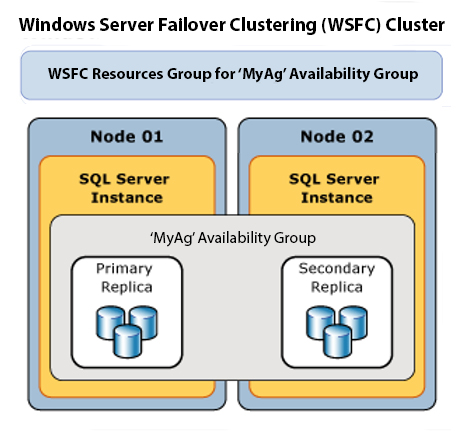In today’s fast-paced digital environment, businesses demand network solutions that are swift, secure, and responsive. As reliance on cloud services and remote database access grows, the traditional client-server model is proving less effective. Peer-to-peer networking offers a transformative alternative. This article delves into defining and outlining the benefits of Peer-to-peer networking (P2P). We’ll explore the WireGuard protocol — a modern tool for secure network connections — and discuss how these technologies integrate with solutions like Secure Access Service Edge (SASE) and SAML conditional access.
Introduction to Peer-to-Peer Networking
P2P is a decentralized communications model where each “peer” has equal capabilities and can initiate communication sessions. Unlike traditional client-server architectures, P2P networks distribute workloads among peers, reducing reliance on a central server. In the ’90s, platforms like Napster and Gnutella revolutionized file sharing through P2P networking. BitTorrent further expanded these concepts in the early 2000s, becoming a widely used P2P protocol.
Why Should You Care? (Database Call Latency)
A key advantage of P2P networking is the significant reduction in database call latency. Traditionally, requests must travel to a central server — potentially thousands of miles away — introducing latency and bottlenecks. P2P networking enables direct device communication, shortening data paths and dramatically improving response times. This latency reduction is crucial for businesses requiring real-time data access, such as financial services, online gaming, and streaming platforms.
The WireGuard Protocol
WireGuard is a modern VPN protocol renowned for its simplicity, speed, and security. Operating at the network layer with state-of-the-art cryptography, its lean codebase is easier to audit and reduces the attack surface compared to traditional VPNs like IPSec or OpenVPN. By leveraging WireGuard in a P2P network, you can establish secure, direct connections between peers. This setup enhances security and optimizes network performance by eliminating unnecessary routing through central servers.
What Else Does It Enable?
Combining P2P networking with WireGuard offers several benefits:
- Improved Scalability: Decentralization reduces central server load, easing scalability without significant infrastructure investments.
- Enhanced Security: Direct encrypted connections minimize interception risks and simplify compliance with data protection regulations.
- Cost Savings: Reduced reliance on central servers lowers operational costs, including maintenance and bandwidth expenses.
- Resilience: P2P networks are inherently more resistant to failures; if one node goes down, the network continues with minimal disruption.
Introduction to SASE
Secure Access Service Edge (SASE) is a network architecture model that combines wide-area networking (WAN) capabilities with comprehensive security functions, delivered via cloud-native services. SASE aims to provide secure and fast cloud access by converging network and security services. Integrating P2P networking and WireGuard into a SASE framework ensures secure, low-latency access to resources, regardless of user location. This integration is especially beneficial for distributed workforces and cloud-based applications.
SAML Conditional Access in a Secure Ecosystem
Security Assertion Markup Language (SAML) standardizes the exchange of authentication and authorization data between parties. Implementing SAML conditional access policies within a secure ecosystem ensures that only authenticated and authorized users can access sensitive resources. In a P2P and SASE environment, SAML policies allow organizations to:
- Enforce Strong Authentication: Require multi-factor authentication or other robust methods before granting access.
- Control Access Based on Context: Apply policies considering user location, device compliance status, and more.
- Reduce Risk: Minimize the attack surface by ensuring only trusted devices and users access the network.
Conclusion
The convergence of Pee2P networking, WireGuard, and advanced security frameworks like SASE marks a significant leap forward in network architecture. By reducing latency, enhancing security, and simplifying deployments, these technologies address many challenges faced by modern organizations. If your organization struggles with network latency, security concerns, or complex deployments, it’s time to consider how P2P networking and SASE can transform your infrastructure. With tools like WireGuard, you can build a network that’s efficient, secure, and future-proof!




